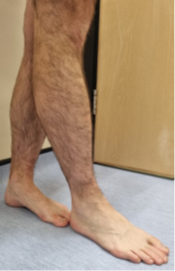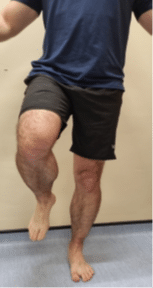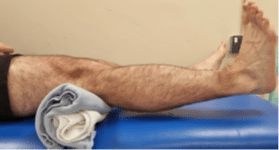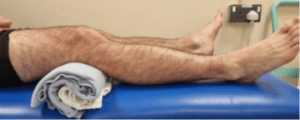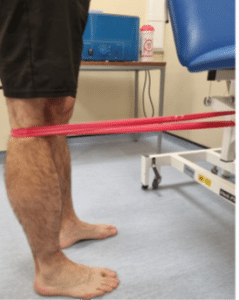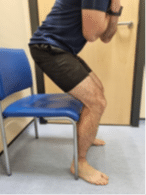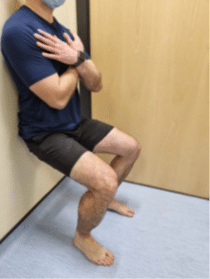Patellofemoral joint pain/anterior knee pain
Patellofemoral pain can also be known as anterior knee pain. This is a very common condition and does not usually come as a result from a significant injury or trauma. It usually starts at a low level and can progress over a few days, weeks or months as aggravating activities continue. There are many structures around the front of the knee that can be involved and there can be more than one structure involved at a time.
